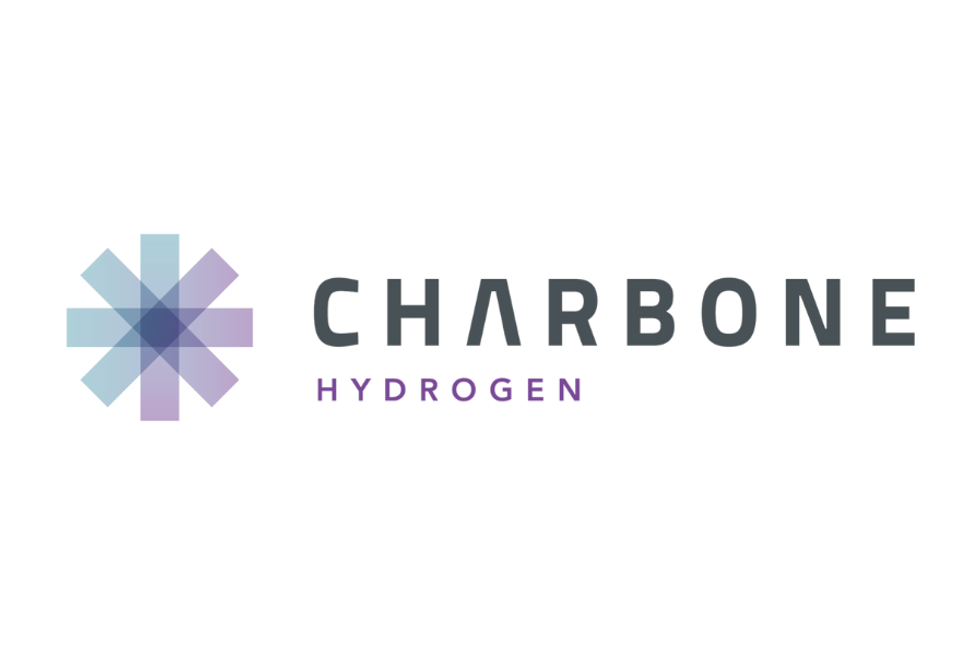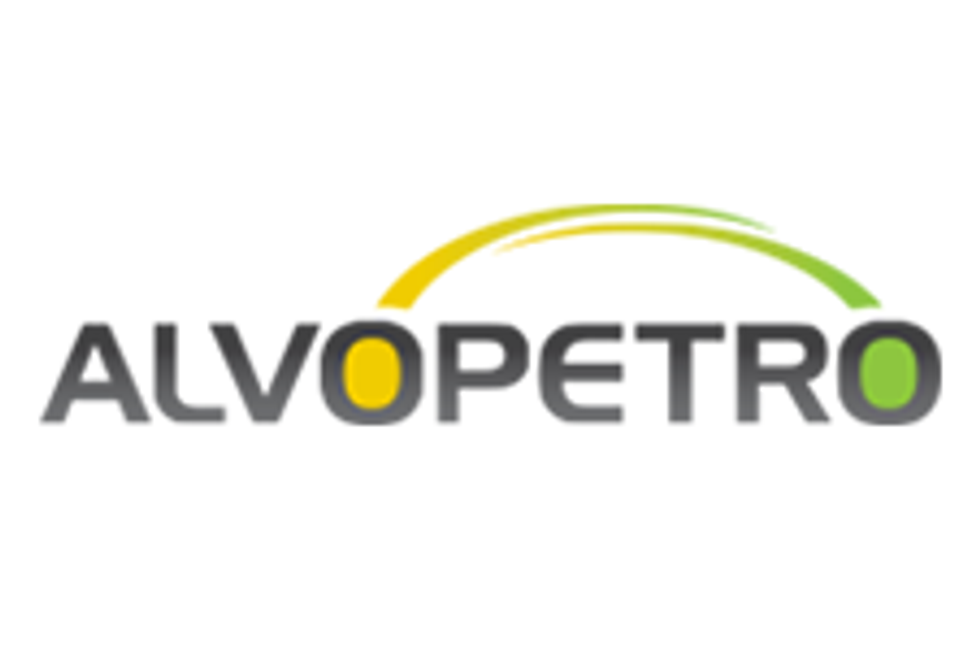5 Best-performing Canadian Oil and Gas Stocks of 2025
Explore what's driving the five best-performing Canadian oil stocks and gas stocks on the TSX and TSXV, including Falcon Oil & Gas and Imperial Oil.

Oil prices weakened in Q3 as global supply outpaced demand and inventories swelled.
Brent crude fell 1.7 percent to end the quarter at US$65.90 per barrel, while West Texas Intermediate dropped to US$62.33 per barrel. Deloitte’s latest energy report attributes the decline to rising stockpiles and OPEC+’s early decision to unwind production cuts, adding 1.37 million barrels per day in October.
The US Energy Information Administration notes that supply exceeded demand by 1.6 million barrels per day between May and August, pointing to continued stock builds ahead.
In an email to the Investing News Network, Igor Isaev, doctor of technical sciences and head of Mind Money's Analytics Center, pointed to market control from OPEC+ as a factor to watch in the months ahead.
“OPEC+ discipline is still somewhat unpredictable — its production signals are becoming more tactical rather than structural,” he wrote, adding that US shale is adjusting to price signals instead of just ramping up output.
As for how that could affect energy stocks, he stated, "The advantage will go to those (companies) who can skillfully navigate this complexity, foresee critical turning points, and invest their capital with both accuracy and creativity."
Against that backdrop, the five top-performing oil and gas stocks on the TSX and TSXV have seen share price growth. All year-to-date performance and share price data was obtained on October 9, 2025, using TradingView’s stock screener, and oil and gas companies with market caps above C$10 million at that time were considered.
1. Falcon Oil & Gas (TSXV:FO)
Year-to-date gain: 156.25 percent
Market cap: C$221.83 million
Share price: C$0.205
Falcon Oil & Gas specializes in the exploration and development of unconventional oil and gas assets, with interests in assets in Australia, South Africa and Hungary. The company has a 22.5 percent interest in the Beetaloo joint venture, with Tamboran Resources (NYSE:TBN,ASX:TBN) owning the remainder.
On September 30, Falcon announced it had entered into a definitive agreement to be wholly acquired by joint venture partner Tamboran. The combination will create a company with roughly 2.9 million net prospective acres across Australia’s Beetaloo Basin and a projected market cap of US$500 million.
The deal is expected to close in the first quarter of 2026.
Falcon’s share price spiked to a year-to-date high of C$0.21 on October 1.
2. Imperial Oil (TSX:IMO)
Year-to-date gain: 37.78 percent
Market cap: C$63.58 billion
Share price: C$123.56
Calgary-based Imperial Oil is a prominent Canadian energy company involved in the exploration, production, refining and marketing of petroleum products. With a history spanning over 140 years, Imperial operates diverse assets across Canada, including oil sands, conventional crude oil and natural gas assets.
In early August, Imperial released its Q2 results, reporting net income of C$949 million, down from C$1.29 billion in Q1, as weaker upstream realizations and downstream margin capture weighed on results.
Despite lower earnings, the company posted its strongest Q2 upstream production in over three decades, averaging 427,000 barrels of oil equivalent (boe/d), led by record output at Kearl.
Refinery capacity utilization averaged 87 percent amid major turnaround work
During the quarter, Imperial also launched Canada’s largest renewable diesel facility, located in Alberta, and returned C$367 million to shareholders through dividends.
Imperial climbed through much of Q2 and Q3, and reached a year-to-date high of C$130.94 on September 16.
3. Athabasca Oil (TSX:ATH)
Year-to-date gain: 30.91 percent
Market cap: C$3.49 billion
Share price: C$7.03
Athabasca Oil is focused on developing thermal and light oil assets within Alberta's Western Canadian Sedimentary Basin. The company has established a substantial land base with high-quality resources. Its light oil operations are managed through its private subsidiary, Duvernay Energy, in which the company holds a 70 percent equity interest.
On July 24, Athabasca Oil reported its Q2 results, highlighted by steady production and continued shareholder returns. The company produced an average of 39,088 boe/d, up 4 percent year-over-year. It generated C$127.6 million in adjusted funds flow during the quarter, down from C$165.75 in Q2 2024.
Capital spending totaled C$73 million, largely directed to expanding the company’s cornerstone Leismer project.
Additionally, Athabasca has repurchased 24 million shares year-to-date, reinforcing its “commitment to returning all thermal oil free cash flow to shareholders in 2025.” Its free cash flow from the segment totaled C$66 million in Q2.
A modest uptick in benchmark crude prices supported a stock bump for Athabasca Oil during the second week of October. Shares reached a year-to-date high of C$7.18 on October 8.
4. Parex Resources (TSX:PXT)
Year-to-date gain: 28.68 percent
Market cap: C$1.81 billion
Share price: C$18.80
Parex Resources is a Colombia-focused oil and gas producer with six oil-producing assets and one non-operational asset. Its Q2 results, released on July 30, highlight an average output rate of 42,542 boe/d, with July production rising to 44,450 boe/d. The company said it is on track to meet its full-year guidance of 43,000 to 47,000 boe/d.
Parex also announced a third quarter dividend of C$0.385 per share.
"As we enter the second half of the year, strong near-field exploration results in the Southern Llanos, combined with the ramp-up in development drilling, are expected to drive a steady step-up in production through year-end," the firm said.
On October 1, the company shared a production update, reporting it averaged 44,000 boe/d in Q3.
Shares of Parex climbed throughout the Q3 to a year-to-date high of C$19.68 on September 25.
5. MEG Energy (TSX:MEG)
Year-to-date gain: 27.4 percent
Market cap: C$7.63 billion
Share price: C$30.50
MEG Energy is an energy company solely focused on in-situ thermal oil production in the Southern Athabasca oil region of Alberta, Canada. Utilizing innovative enhanced oil recovery projects, including steam-assisted gravity drainage extraction methods, the company aims to increase oil recovery responsibly while reducing carbon emissions.
In May, Strathcona Resources (TSX:SCR) made an unsolicited C$4.1 billion offer for MEG, a move company executives at MEG quickly denounced. In a subsequent press release shared on June 16, MEG called the offer “inadequate, opportunistic, and NOT in the best interests of MEG or its shareholders.”
In mid-September MEG again urged shareholders to reject a revised offer from Strathcona and instead consider an August offer from Cenovus Energy (TSX:CVE,NYSE:CVE). On October 8, MEG announced that Cenovus had increased its bid to C$8.6 billion, and again suggested shareholders accept the offer.
Following the increased bid, Shares of MEG rose to a year-to-date high of C$30.50 on October 9.
Don’t forget to follow us @INN_Resource for real-time news updates!
Securities Disclosure: I, Georgia Williams, hold no direct investment interest in any company mentioned in this article.






